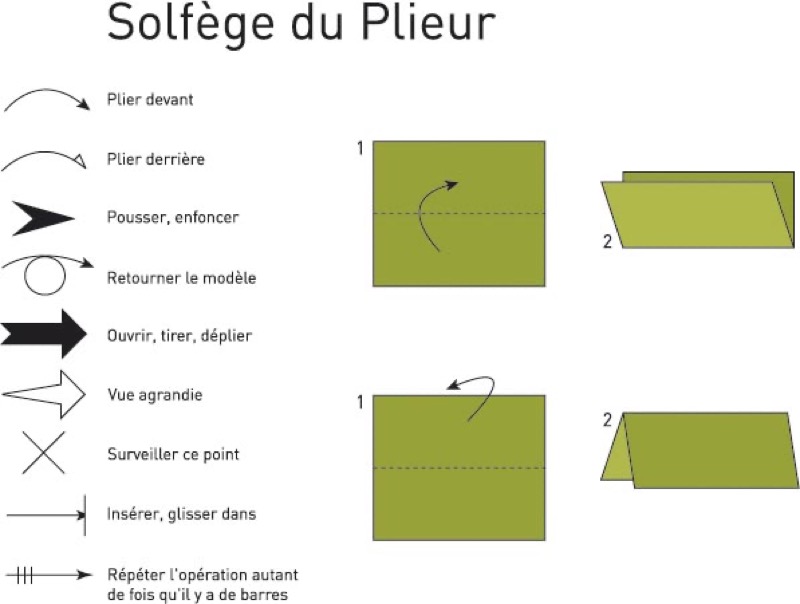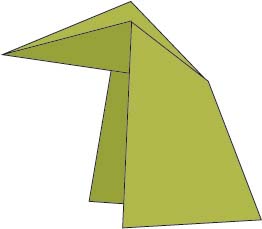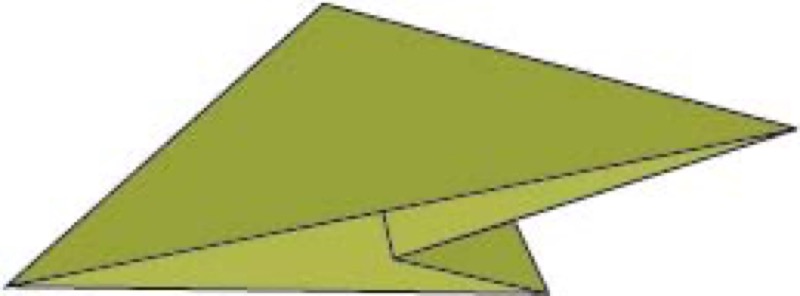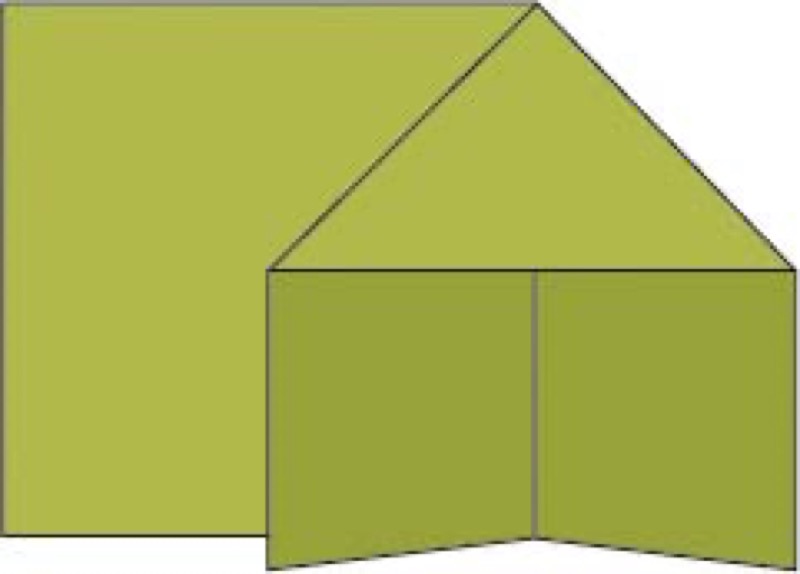Bring a frog, a flower or a Tyrannosaurus out of a simple sheet of paper? And why not?! But be aware, origami is a demanding art, with rules to be followed closely. Scissors and glue forbidden!
Origami families
Traditional origami: the designs are created from a single sheet of paper, with no cutting and no glue. These can be animals (most often: crane, frog, crab...), but also plants, people, vehicles, buildings.
Modular origami: several units with the same base fold are connected together to create a complex geometric form.
Action origami: the subjects are made to move by a simple finger press or pulling of a fold, such as the well-know "bird with flapping wings."
Kasane origami: several sheets of paper of varying colors are combined. Ex: the noted Hina Ningyo (doll in traditional costume).






